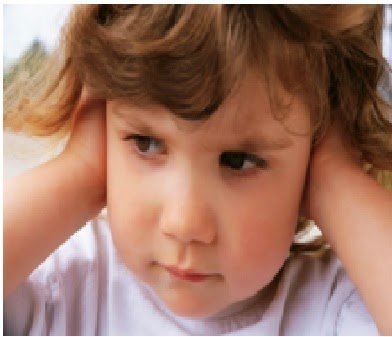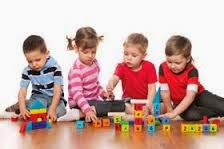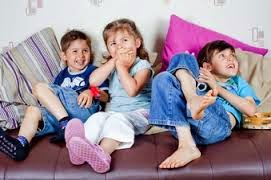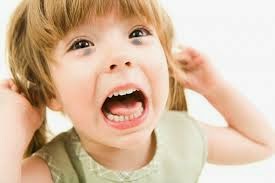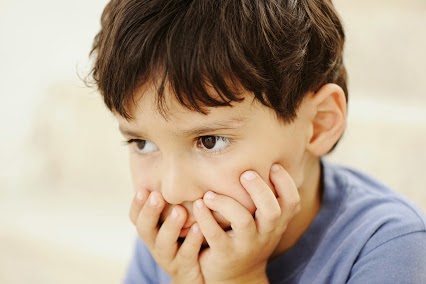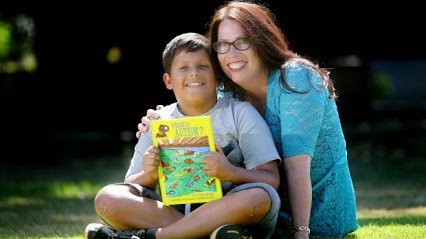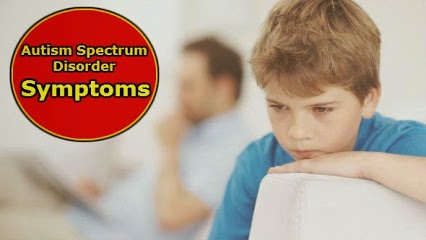Autism Developmental Disorders (ADDs) are
most often characterized by problems with social communication. Prior to the
most recent edition of the DSM-5, ASDs were identified as either autism,
Asperger Syndrome or pervasive developmental disorder, not otherwise specified
(usually abbreviated as PDD-NOS). Now autism is diagnosed on the basis of the
severity of symptoms. People with autism can have both verbal and non verbal
communication difficulties often coupled with repetitive type behaviors.
Children start displaying autistic symptoms when they are very young but
currently cannot be accurately diagnosed until they are 2-3 years of age.
Often, it is not until the child is confronted with increasingly challenging
social situations that parents notice that there is something wrong. Autism
affects how information is processed in the brain although researches are yet
to determine exactly how the mechanisms are affected.
Treatment of autism may include a
combination of counseling, directions, or advices to parents or guardians of
patients to a decision or particular course of action. Autism may require
several psychological and behavioral treatments such as cognitive behavioral
therapy, counselling, education and school-based therapies, behavioral
management therapy, ABA therapy, Nutritional therapy, Medication,
Physical therapy, social skills training, speech-language therapy, and
occupational therapy.
ABA
therapy and PRT
Intervention programs such as ABA
therapy and PRT have been shown to improve the outcomes of people who
suffer autism. ABA/PRT is a type of behavior modification and this type of
modification is helpful in improving many areas of development through play.
During therapeutic sessions, adult-child interaction is developed through play
and everyday skills are taught using this motivational interaction. Social
stories can be developed to help patients of autism to understand feelings,
points of views and ideas of others, and these stories can also help patients
in understanding and cope with their own feelings.
With the help of occupational
therapy, patients can be trained to live independently in many aspects such
as bathing and buttoning a shirt. Occupational therapy helps in improvement of
daily life tasks. Autistic children cannot do some things easily or they choose
difficult way to do these tasks. They need assistance to improve their daily
tasks which include following tasks:
·
Dressing
·
Eating
·
Grooming
·
Playing
·
Motor skills
·
Learning
With the help of physical therapy, patients of
autism are asked to do exercise and other physical movements, so that it would
be easy for them to control body movements.
Psychological treatment programs can help
improve the life a patient increasing the chances of them going on the lead an independent
life. Adults with autism, with support of counseling are capable of learning
new skills and can start learning new things easily and developing normally
with proper care. Most of the times, a number of treatment strategies are used
to help patient living a better life, and it has also to be considered that
autism may also require lifelong treatment.
Counselling
In patient counseling, behavior modification can also be considered. This
modification can help patients to control various repetitive, inappropriate and
aggressive behaviors, so that the patient could live healthily in his or her
society. This type of modification is based on the process of rewarded behavior
as it has been found the rewards could help patients in repeating those tasks
as compared to tasks that are ignored.
Diet
and nutrition
Why is Autism increasing? Autism is the most common disability in areas like UK and Australia. Till now exact cause of autism is not clear. However, some general causes are proposed by researchers that why Autism is increasing. They have been continuously studying the “gene” that may be the cause of Autism because they think that environment and genes are the main causes of this increasing disease. Gene study tells that every child who is autistic will definitely have a relation or ancestor who faced autism. This shows the genetic linkage of Autism. The diet that we use nowadays lack nutrients and is derived from volcanic soil which is deficient of minerals. Furthermore the use of pesticides and artificial fertilisers that helps in more production of crops, which are nutrient-free and cannot produce immunity in new generations. Our environment is full of pollution in which food processing techniques demolish vitamins and nutrition of foods, such as cereals etc. Such nutrition deficiencies in our food and in our genes cause autism to increase when they interact.
Why is Autism increasing? Autism is the most common disability in areas like UK and Australia. Till now exact cause of autism is not clear. However, some general causes are proposed by researchers that why Autism is increasing. They have been continuously studying the “gene” that may be the cause of Autism because they think that environment and genes are the main causes of this increasing disease. Gene study tells that every child who is autistic will definitely have a relation or ancestor who faced autism. This shows the genetic linkage of Autism. The diet that we use nowadays lack nutrients and is derived from volcanic soil which is deficient of minerals. Furthermore the use of pesticides and artificial fertilisers that helps in more production of crops, which are nutrient-free and cannot produce immunity in new generations. Our environment is full of pollution in which food processing techniques demolish vitamins and nutrition of foods, such as cereals etc. Such nutrition deficiencies in our food and in our genes cause autism to increase when they interact.
Food and nutrition is not same in all
children. Every child has a different digestive system, however some steps may
help:



